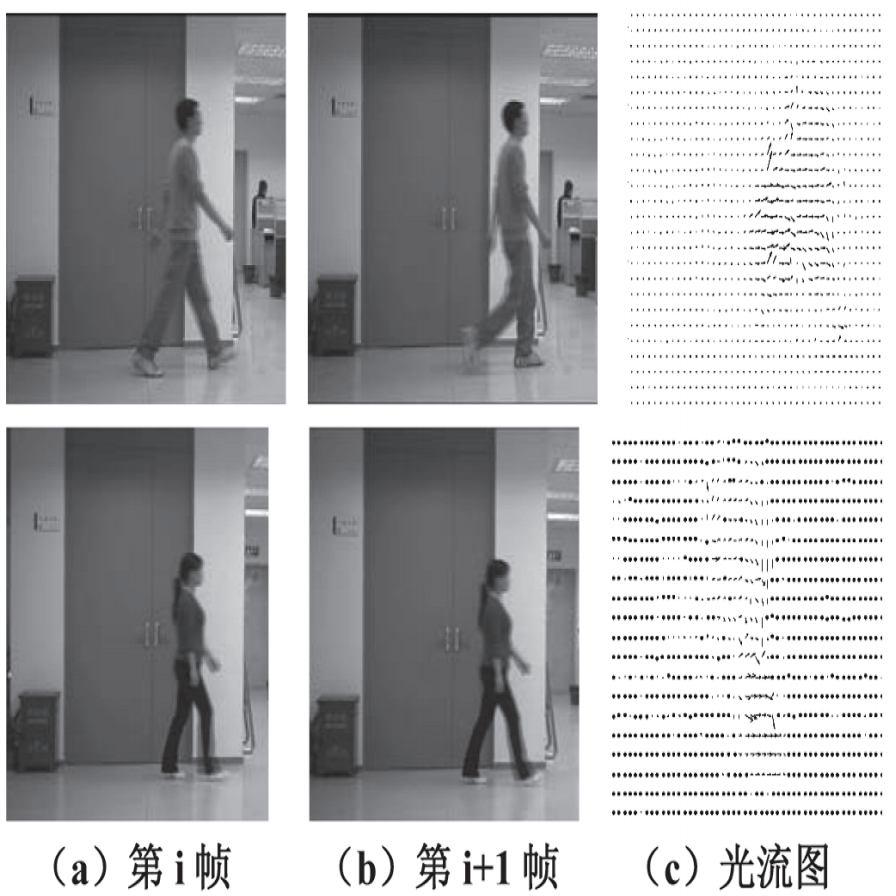Online Social Networks (OSNs) facilitate access to a variety of data allowing researchers to analyze users' behavior and develop user behavioral analysis models. These models rely heavily on the observed data which is usually biased due to the participation inequality. This inequality consists of three groups of online users: the lurkers - users that solely consume the content, the engagers - users that contribute little to the content creation, and the contributors - users that are responsible for creating the majority of the online content. Failing to consider the contribution of all the groups while interpreting population-level interests or sentiments may yield biased results. To reduce the bias induced by the contributors, in this work, we focus on highlighting the engagers' contributions in the observed data as they are more likely to contribute when compared to lurkers, and they comprise a bigger population as compared to the contributors. The first step in behavioral analysis of these users is to find the topics they are exposed to but did not engage with. To do so, we propose a novel framework that aids in identifying these users and estimates their topic exposure. The exposure estimation mechanism is modeled by incorporating behavioral patterns from similar contributors as well as users' demographic and profile information.
翻译:在线社会网络(OSNs)为获取各种数据提供便利,使研究人员能够分析用户的行为并开发用户行为分析模型。这些模型在很大程度上依赖于通常因参与不平等而存在偏差的观测数据。这种不平等由三类在线用户组成:潜伏者(仅消费内容的用户)、参与者(对内容创建贡献不大的用户)、参与者(对内容创建贡献不大的用户)和贡献者(负责创建大部分在线内容的用户)。在解释人口层面的利益或情绪时,不考虑所有群体的贡献可能会产生偏颇的结果。为了减少贡献者引发的偏见,在这项工作中,我们注重强调参与者对所观察到的数据的贡献,因为与潜伏者相比,他们更有可能作出贡献,而且与贡献者相比,他们构成更大的人口群体。对这些用户的行为分析的第一步是找到他们接触但并未参与的话题。要这样做,我们建议建立一个新的框架,帮助确定这些用户并估计其主题的接触程度。为了减少这种接触估计机制的模型是将类似贡献者的行为模式作为用户的人口和人口概况。



